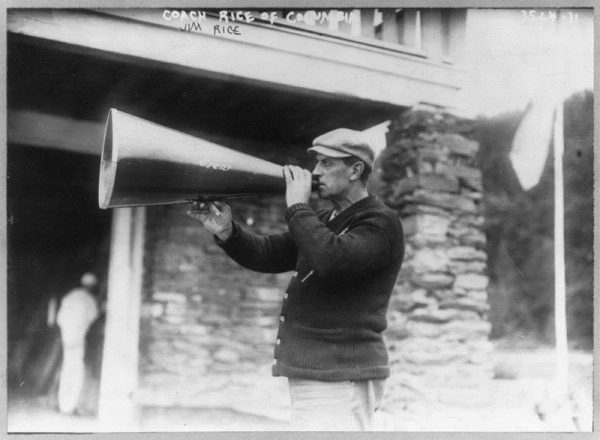Blog

SWEAT THE DETAILS
Friendly Workplace Practices Audits Before PAGA Comes Calling
“Knowledge is power” is cliché, but true.
California heads the nation in regulating employee relations. While workplace laws usually arise to police the few employers crossing the line into worker exploitation, they subject the vast bulk of well-intentioned businesses to thousands of technical rules requiring close attention.

WHAT’S NEW IN 2025
WHISTLEBLOW ON SHOW
Labor Commissioner Issues Sample Rights and Responsibilities Poster

SAME-PAGE PROTOCOLS
Workplace Policy Handbook & Forms for 2025
In today’s well-attended webinar (Annual Virtual Seminar for Employers ), we emphasized that current, clearly stated workplace policies are an employer’s frontline protections against Labor Code claims.

WHAT’S NEW IN 2025
BEACON BECKONS
Annual Virtual Seminar for Employers
Friday, January 17, 2025
Friday, February 28, 2025
Covering Employment Legal Essentials and New Workplace Laws

CAUTIONARY TALE EPISODE 91
IN THE HOT SEAT
Employer Pays Big for Ignoring Extreme Conditions
California Division of Occupational Safety and Health (Cal/OSHA) has penalized Van Nuys’ Parkwood Landscape Maintenance $276,425 for deliberately and knowingly violating state heat illness prevention regulations.

AIR SCARE
Cal/OSHA Wildfire Smoke Alert Worker Protection Los Angeles County and Beyond
We provide this 1/9/25 Cal/OSHA public notice:
Advisory – Release Number: 2025-06
January 9, 2025
Wildfire Smoke Alert: Cal/OSHA urges employers to protect workers from unhealthy air in Los Angeles County.

CAUTIONARY TALE EPISODE 90
MAUL WAKE-UP CALL
Cal/OSHA Fines LA Animal Shelter For Overcrowding, Staff Injuries
California Division of Occupational Safety and Health (Cal/OSHA) has penalized…

WHAT’S NEW IN 2025
WISE UP
Annual Virtual Seminar for Employers
Friday, January 17, 2025 Friday, February 28, 2025
Covering Employment Legal Essentials and New Workplace Laws

WHAT’S NEW IN 2025
BEHIND THE CURTAIN
Employers Must Publish Results of Child Labor Audits

WHAT’S NEW IN 2025
HIGHWAY PAY
Three Cent Increase, Annual IRS Standard Mileage Rate
The Internal Revenue Service has announced its 2025 optional standard mileage reimbursement rate for employee business use of a personal vehicle, effective January 1, 2025, up from 67 to 70 cents/mile.
